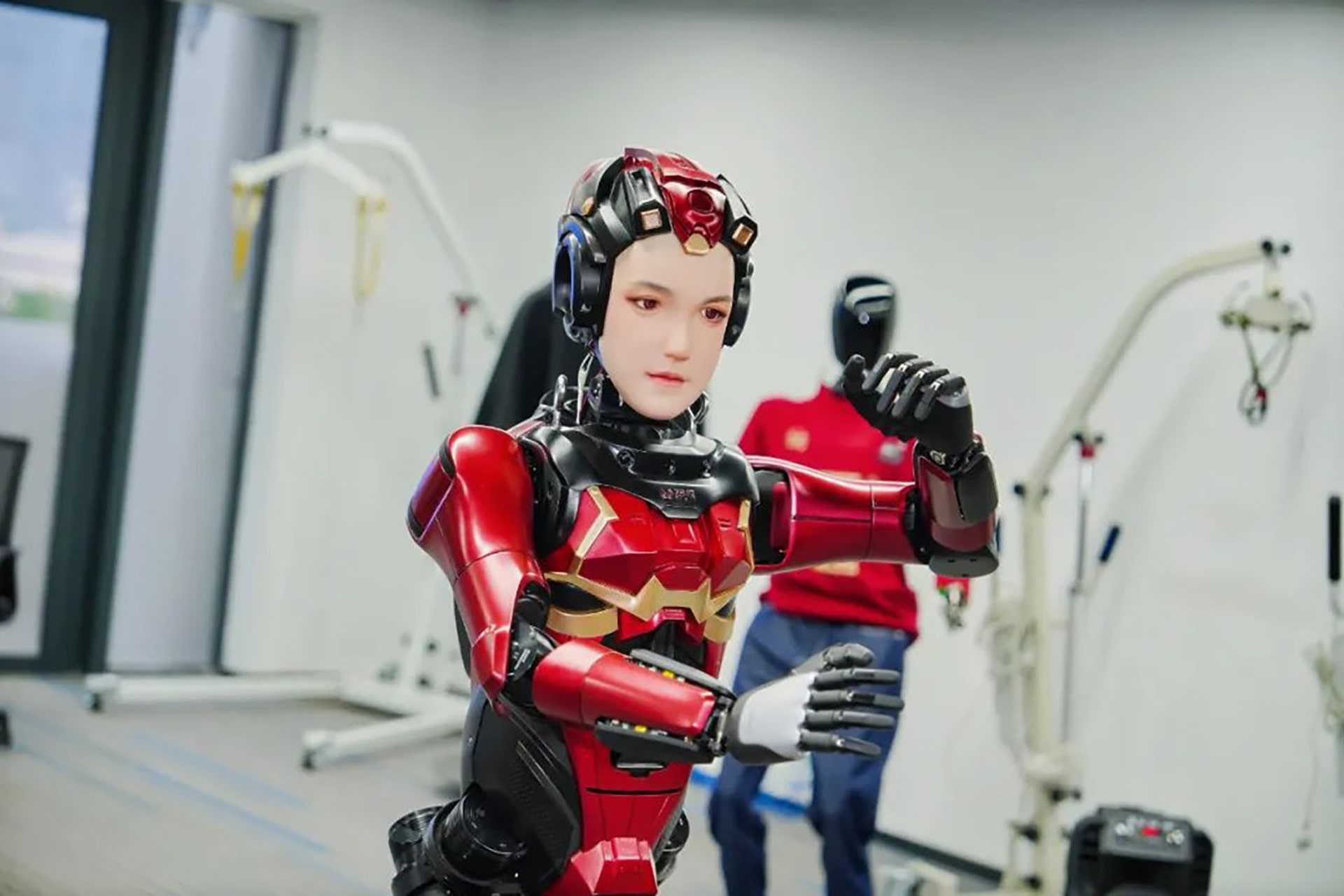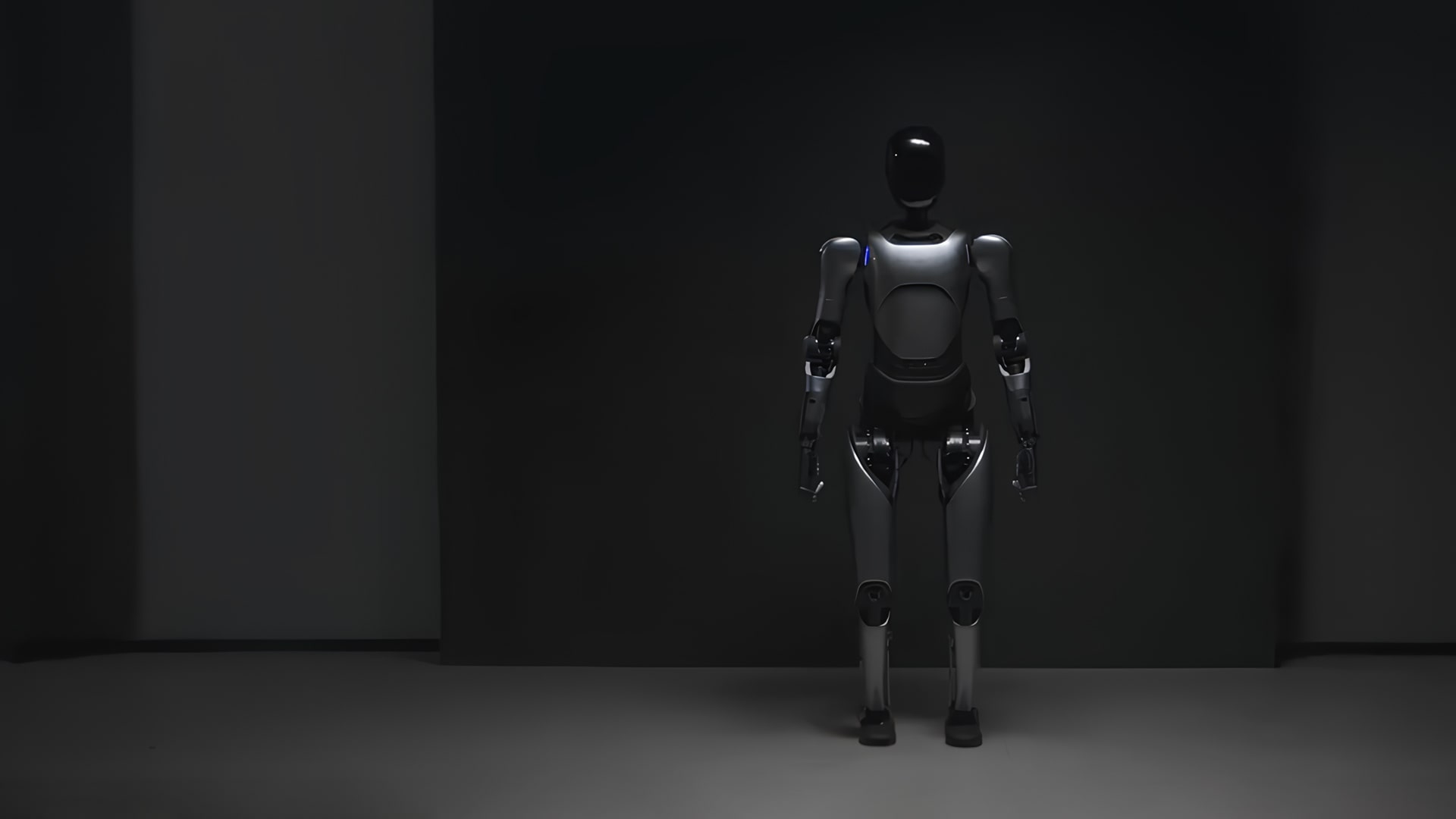Digit, a Shenzhen-based robotics startup, has raised an eight-figure RMB sum in an angel plus round led solely by Cowin Capital. The new capital will be used to deepen R&D investment, optimize its product lineup, and expand production and delivery capacity. This follows its earlier angel round last year, which was backed by Agibot and other investors. Huajun Capital continues to act as Digit’s long-term financial advisor.
Founded on March 12, 2024, Digit aims to commercialize humanoid robotics that reflect the potential of artificial general intelligence (AGI). Its core offering is the Juhao interaction platform, which is an embodied intelligence system that supports a suite of robot products: the Xialan humanoid robot, the Xiaqi general-purpose bot, and the Xingxingxia IP series.
Founder Shen Jian brings over two decades of leadership experience in the IT sector, having previously led a company from inception to RMB 10 billion (USD 1.4 billion) in revenue. The company’s core team includes alumni from institutions such as Peking University, Zhejiang University, Wuhan University, the University of Science and Technology of China, and Columbia University, with expertise in humanoid robotics and commercialization.
Humanoid robots, once limited to science fiction, are now being tested in real-world environments. Their humanlike structure allows for easier integration into spaces designed for people, enhancing approachability and utility.
Advances in sensors, mechanical systems, and control algorithms have enabled more nuanced interaction. Vision sensors now identify object shapes, colors, and positions. Meanwhile, tactile sensors detect pressure and texture. Combined with improvements in natural language understanding and motion control, humanoid robots can perform complex tasks like dynamic movement and precise object handling.
According to a report by YH Research, China’s humanoid robot market is still in early stages but is expanding rapidly, projected to reach USD 3 billion by 2025 with a CAGR (compound annual growth rate) of 19.7%. Interactive service robots currently lead the sector in product-market fit.
Speaking with 36Kr, Shen said that while industrial robots focus on replacing manual labor, interactive service robots offer greater technological maturity and commercial promise. Their integration of voice recognition and natural language processing allows for smooth, personalized interaction. Rising living standards and evolving consumer expectations are fueling demand, especially for adaptable, service-focused models.
Digit’s go-to-market strategy revolves around its Juhao platform, which powers three product lines targeted at distinct commercial sectors. The platform integrates multimodal perception, emotional insight, and domain-specific intelligence, enabling robots to generate facial expressions and gestures in response to verbal input.
The Xiaqi series serves sectors like manufacturing, retail, and transit, offering services such as reception and eldercare. The Xialan series prioritizes aesthetics and emotional expressiveness, and is already in use in government offices and business centers. The Xingxingxia line emphasizes Chinese cultural identity, positioning itself as a potential national robotics IP.
The Xialan robot features advanced bionic engineering, particularly in facial mimicry, with 29 active and multiple passive degrees of freedom that allow fine control of facial and neck movements. It is equipped with high-resolution cameras and microphone arrays for face tracking, lip detection, and sound localization. An in-house emotional intelligence model enables multimodal interaction, while proprietary motion algorithms support autonomous navigation in dynamic settings.

Xingxingxia, Digit’s third flagship product, blends expressive design with utility. It is promoted as China’s first commercial robot with a dual-mode configuration: a humanoid form with a wheeled chassis. This allows it to switch modes depending on the environment. A modular wheeled base supports 3D mapping, path planning, and obstacle avoidance, enabling the robot to operate across more than 10,000 square meters on varied surfaces.
Its three product lines are tailored by scenario. The Xiaqi series targets industries like manufacturing, retail, and transit hubs, offering functions like customer reception and eldercare support. The Xialan series focuses on high aesthetics, intelligence, and emotional quotient, and has already been deployed in government offices, business service centers, and exhibition spaces. The Xingxingxia line, meanwhile, emphasizes Chinese cultural identity, positioning itself as a national IP in robotics.

The Xialan humanoid robot is built around sophisticated bionic engineering, particularly facial mimicry, enabling it to reproduce most human facial expressions. The robot features 29 active and several passive degrees of freedom for fine-tuned control of facial and neck movements.
Digit also developed an in-house emotional intelligence model that gives Xialan multimodal interaction capabilities. It comes equipped with high-definition cameras and microphone arrays to support face tracking, lip movement detection, and voice localization. Advanced motion-control algorithms allow it to navigate dynamic and unstructured environments autonomously.
The Xingxingxia robot, the company’s third flagship product, blends high aesthetics with emotional intelligence in a format designed for usability. It is touted as the first commercial bot in China to feature a dual-mode configuration: a humanoid body combined with a wheeled chassis. This enables it to switch modes freely depending on terrain. Notably, the robot can utilize a modular wheeled base that enables 3D mapping, path planning, obstacle avoidance, and guided following, ostensibly covering areas over 10,000 square meters across various flooring types, including tiles, wood, and carpet.
“The biggest challenge for bipedal robots remains stability and battery life, both of which are crucial in complex commercial settings,” Shen said. “The dual-mode design is our current best approach.”
According to 36Kr, Xingxingxia has a battery life of more than ten hours and supports automatic charging. It can also interface with elevators for multi-floor navigation, making it suitable for deployment in malls, convention centers, and office buildings.
Digit’s business model rests on three pillars: customized development for key clients, joint operations with systems integrators, and investment in its own culturally themed IP lines. One retail collaboration is with wig manufacturer Rebecca, which uses the Xialan humanoid bot in stores. The robot wears customized wigs designed by Rebecca, aimed at boosting in-store engagement and visibility.
Shen said the company has already secured orders totaling a nine-figure RMB sum this year, with customers including major tech firms, power grid operators, banks, state-owned enterprises, and universities. Pilot deliveries are underway, with more than 1,000 units expected to ship by year’s end.
KrASIA Connection features translated and adapted content that was originally published by 36Kr. This article was written by Huang Nan for 36Kr.

